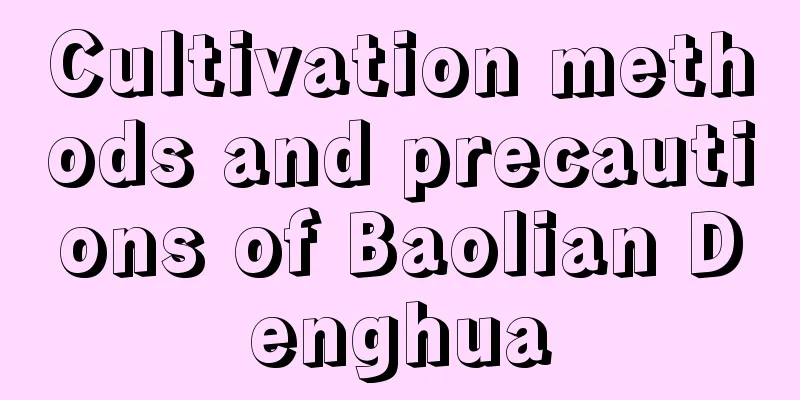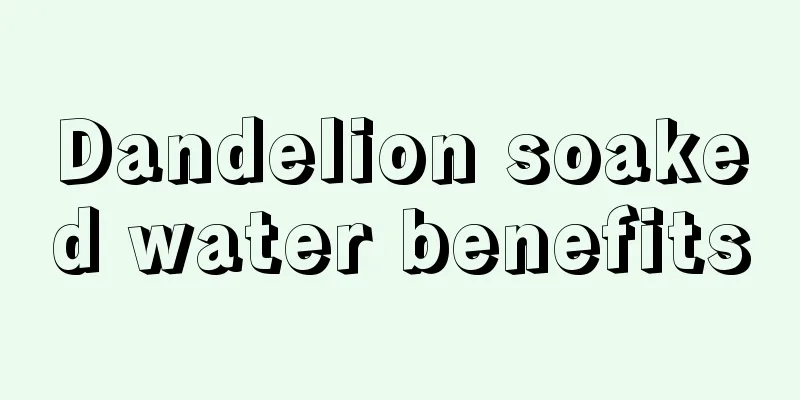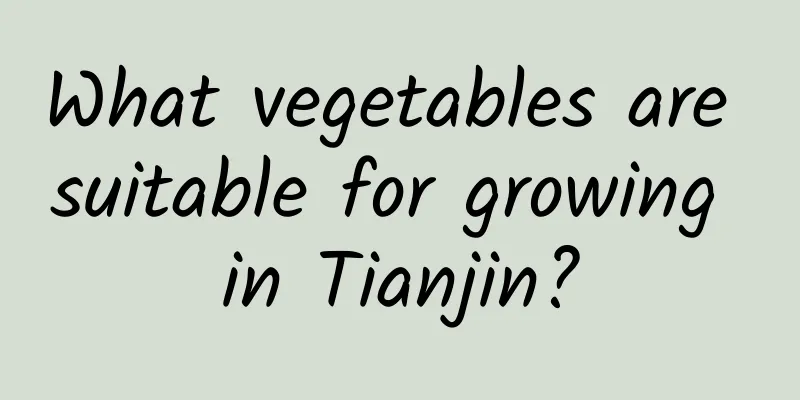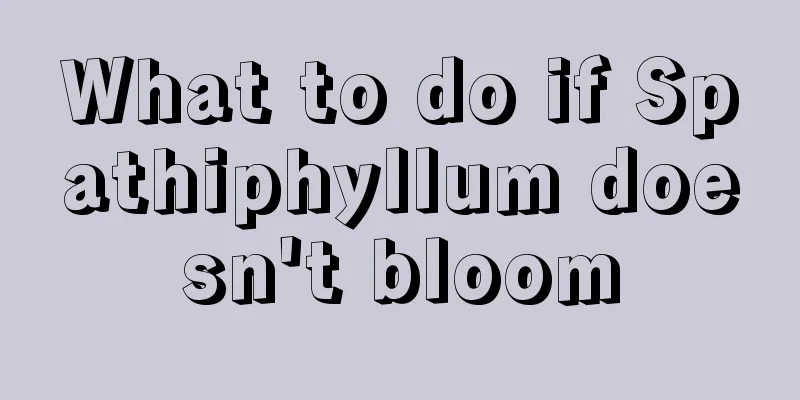Can I use egg shells when growing orchids? (The correct way to use egg shells to grow orchids)
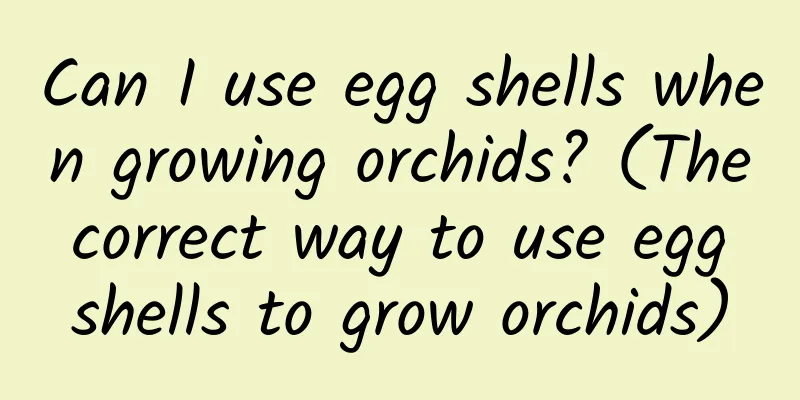
Can egg shells be used to grow orchids?Although the eggshell looks insignificant, it contains a lot of nutrients. In addition to phosphorus, potassium, calcium, etc., there are also many trace elements. In terms of the benefits of using egg shells, we can simply process them and use them to grow flowers, and the effect is no worse than the nutrient soil sold outside. The main thing is that it is very breathable, and after using it, the roots of orchids can absorb nutrients very well, and the roots will not rot. Eggshells are rich in nutrients, and adding a handful of them once a month is enough. It not only improves the air permeability of the soil, but also replenishes nutrients, which can be said to kill two birds with one stone. If you grow orchids at home, you can try this method, which is simple and effective. How to use egg shells as fertilizer for orchids1. Making eggshell fertilizerThe eggshell is mainly composed of calcium crystals and a matrix composed of protein fibers, and is rich in nutrients such as organic phosphorus, calcium, and iron. You can collect the eggshells, dry them in the sun, crush them, and then grind them into powder in a mortar. This can be used as base fertilizer for orchids, which is much better than putting eggshells in orchid pots. 【usage】 When repotting orchids and changing planting materials in spring, take a small amount of eggshell powder and mix it into soft planting materials such as peat soil. You can also use your hands to dig a small groove about 3 cm deep along the edge of the orchid pot about 2 to 3 weeks from the time when the orchid buds are forming to the time before it blooms, and bury the eggshell powder in the planting material to cover it. Then through watering, the calcium, iron, phosphorus and other elements in the eggshell powder will slowly precipitate out and be absorbed by the orchid roots, making the orchid bright and lush. 2. Mix into planting materialYou can also clean the raw eggshells, fry them in an iron pan, or dry them in the sun, and then use a mortar or small stone mill to crush them into granules or powder. Then take a small amount of eggshell crushed and mix it into soft planting materials such as peat soil. Its main functions are : on the one hand, eggshell powder can provide orchids with trace elements such as calcium, phosphorus, iron, and magnesium; at the same time, eggshell crushed pieces can also make the soil loose and breathable . Eggshells can be crushed into granules and mixed into the soil in an appropriate amount. This can make the soil loose and breathable, and can also precipitate trace elements such as phosphorus, calcium, and iron. In short, using eggshells to grow orchids is mainly to utilize the trace elements in eggshells, such as phosphorus, calcium, iron, magnesium and other trace elements. But the physical treatment of the eggshells needs to be done in advance. Orchid lovers should be reminded that they should not put eggshells directly into orchid pots, so as to avoid attracting pests such as "small black flies", which is very detrimental to the growth of orchids and the maintenance of environmental hygiene . |
<<: How to plant and care for peony flowers (how to grow peony flowers at home)
>>: Begonia propagation method and precautions (lazy man's method of cutting begonia)
Recommend
What is the best month to plant dwarf tomatoes?
When to plant dwarf tomatoes Dwarf tomatoes are g...
How long does it take for basil to grow?
Introduction to Growing Basil Basil is native to ...
How to propagate Begonia by cuttings
Cutting time The time for cutting propagation of ...
Is broccoli a carbohydrate or a vegetable?
Broccoli is a delicious and healthy food. It is r...
You don't need to buy gardenias, just break off a branch from your friend's house and you can grow a garden full of flowers
1. Soil culture cuttings 1. Cut strong and mature...
What happened to the lipstick spider plant's leaves?
1. Move the outdoor to the indoor Where is your l...
What kind of flowerpot is good for jasmine?
What kind of flowerpot is suitable for jasmine? J...
Anthurium cultivation method
1. Soil selection When raising it at home, you ca...
Which month is suitable for planting double-season wild rice?
When to plant double-season wild rice stems Doubl...
Plant Culture of Welwitschia
Birthday Star Their leaves are evergreen, and eac...
What kind of crop is millet? (Picture)
What kind of crop is millet The original meaning ...
Things to note when growing zinnias
What to do if zinnia grows too tall When zinnia g...
Cultivation methods and precautions of Thousand Bird Flowers
How to grow chickweed Before mentioning the speci...
How to grow summer chrysanthemums until they overflow the pot
1. Suitable temperature The most suitable growth ...
Is Strelitzia poisonous?
1. Is it toxic? Strelitzia has a very beautiful a...
